Summer is here and a little trip planning can ensure that your only surprises when visiting a park are happy ones. To help everyone have a great experience, @NatlParkService rangers have shared their top 10 insider tips so you can #PlanLikeAParkRanger!
Are you ready?
Are you ready?
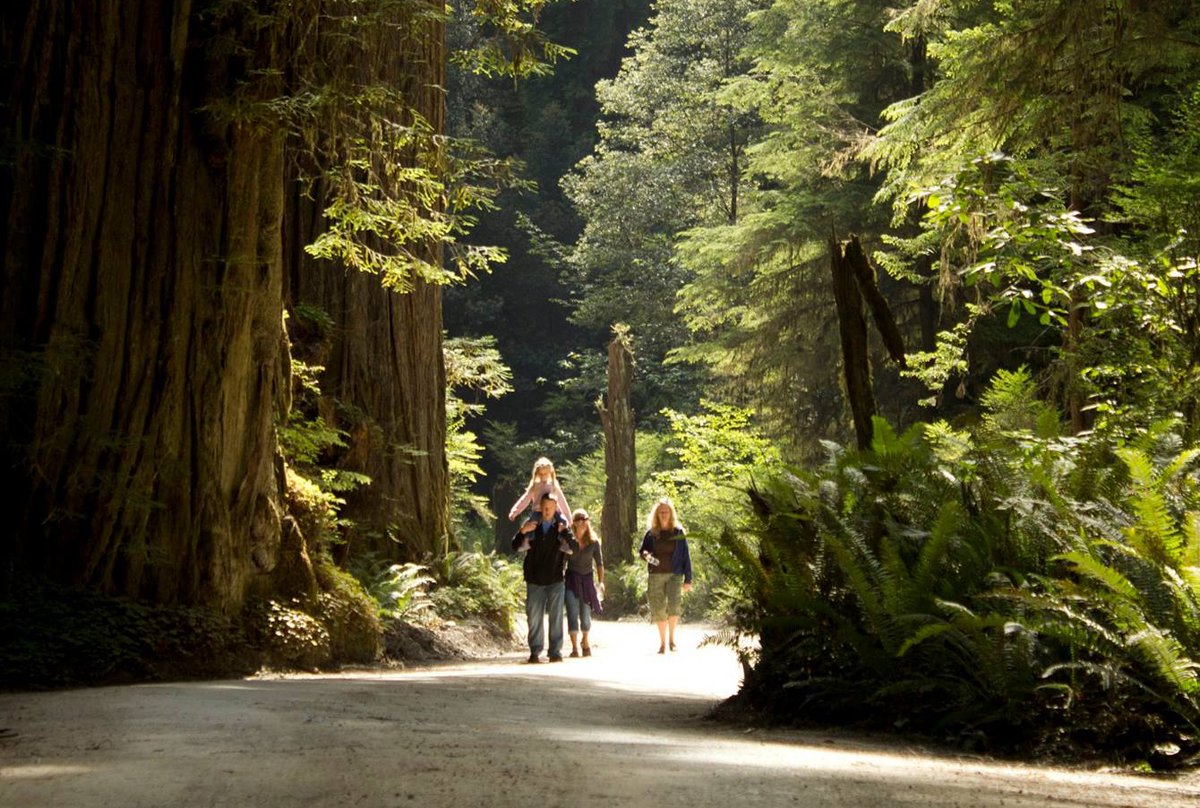
10: Ruffing it?
Many parks allow pets on leashes and in campgrounds, some even have kennels. But sometimes these furry friends are best left at home. Discover what you can (and can’t) do with your pet and follow the B.A.R.K. principles. nps.gov/subjects/pets
Many parks allow pets on leashes and in campgrounds, some even have kennels. But sometimes these furry friends are best left at home. Discover what you can (and can’t) do with your pet and follow the B.A.R.K. principles. nps.gov/subjects/pets
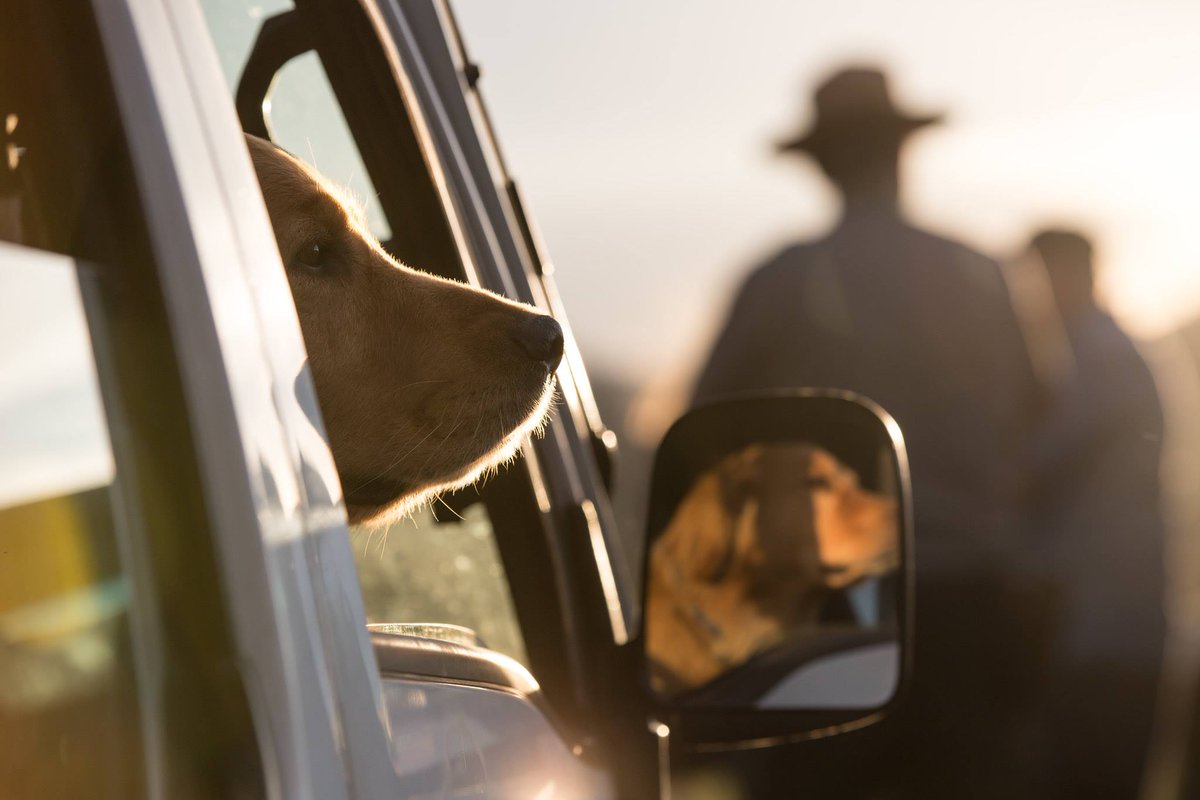
9: Leave only footprints
We know that each of us—rangers, volunteers, visitors, everyone—plays a vital role in protecting YOUR national parks. Whether it’s carrying out what we brought in, or staying on the trail, we’re careful to respect these incredible places.
We know that each of us—rangers, volunteers, visitors, everyone—plays a vital role in protecting YOUR national parks. Whether it’s carrying out what we brought in, or staying on the trail, we’re careful to respect these incredible places.
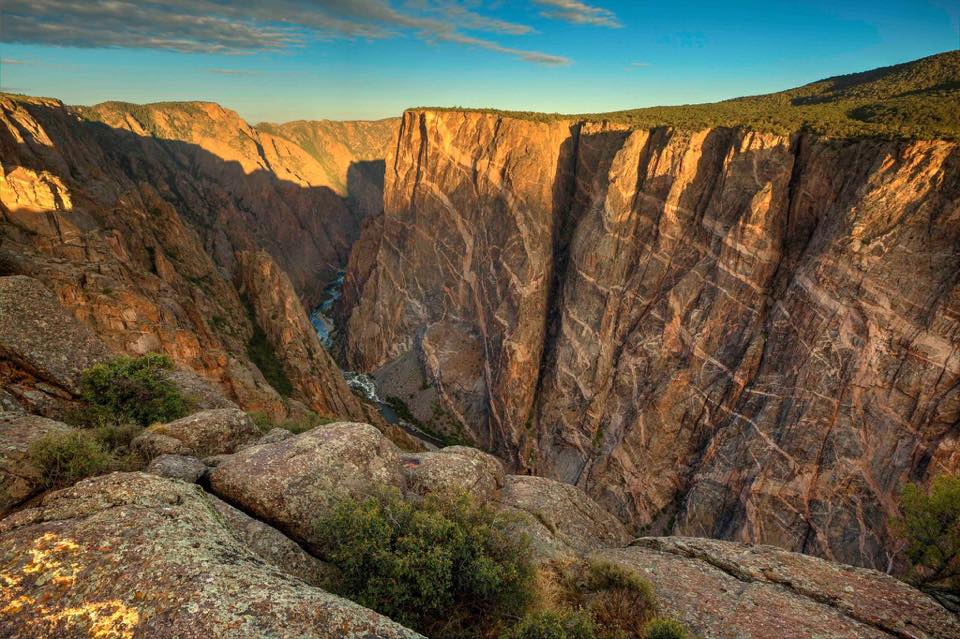
8: Don’t pet the fluffy cows
Bison can weigh up to 2,000 lbs and run up to 35 mph. Can you? We can’t run that fast. Keep your distance from wild animals, never feed the wildlife, and when taking pictures, use your zoom and give them room.
nps.gov/subjects/watch…
Bison can weigh up to 2,000 lbs and run up to 35 mph. Can you? We can’t run that fast. Keep your distance from wild animals, never feed the wildlife, and when taking pictures, use your zoom and give them room.
nps.gov/subjects/watch…
7: Keep safety in the picture
We love to take photos. (Have you seen our Instagram?) But we like surviving the process, too—so we’re careful to take them where it is safe.
nps.gov/articles/safep…
We love to take photos. (Have you seen our Instagram?) But we like surviving the process, too—so we’re careful to take them where it is safe.
nps.gov/articles/safep…

6: Explore the new NPS app
The new NPS App offers tools to explore more than 400 national parks...interactive maps, tours, accessibility information, and more. And we’re adding new content every day!
nps.gov/subjects/digit…
The new NPS App offers tools to explore more than 400 national parks...interactive maps, tours, accessibility information, and more. And we’re adding new content every day!
nps.gov/subjects/digit…
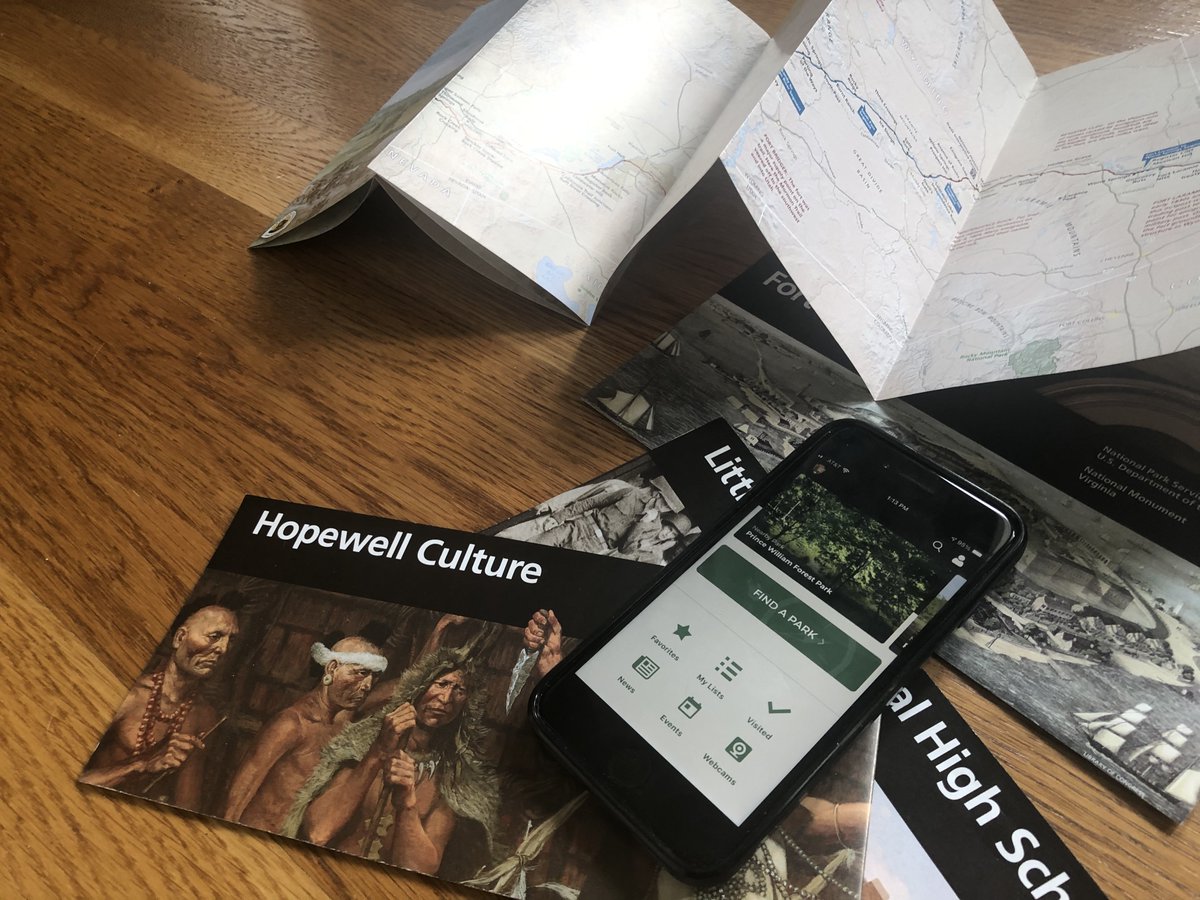
5: Ask a ranger
Have a question? Ask a ranger. (Yep, we ask other rangers about visiting parks.) We can answer questions, share park stories (we’re always happy to point you to the nearest restroom), and we can let you know what activities are available.
nps.gov/subjects/healt…
Have a question? Ask a ranger. (Yep, we ask other rangers about visiting parks.) We can answer questions, share park stories (we’re always happy to point you to the nearest restroom), and we can let you know what activities are available.
nps.gov/subjects/healt…
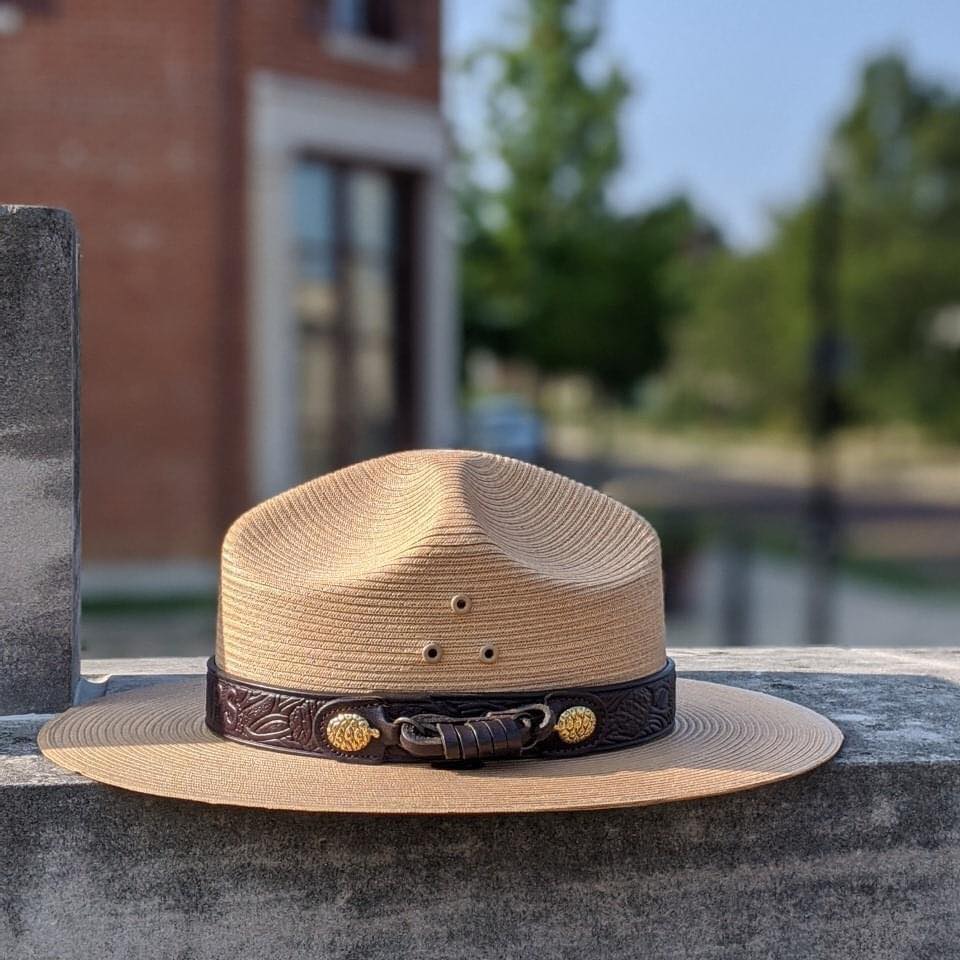
4: Reservations may be needed
Many campgrounds and lodges in and around well-known parks are already fully booked. Having a reservation guarantees you won’t arrive at a park only to find that you need an entrance reservation or a popular trail is closed.
Many campgrounds and lodges in and around well-known parks are already fully booked. Having a reservation guarantees you won’t arrive at a park only to find that you need an entrance reservation or a popular trail is closed.

3: Travel off the beaten path
There are more than 400 parks across the country. We love exploring the lesser-known ones. They can be a great option for travelers looking for all the beauty of nature, rich history, and fewer crowds and lines.
nps.gov/findapark
There are more than 400 parks across the country. We love exploring the lesser-known ones. They can be a great option for travelers looking for all the beauty of nature, rich history, and fewer crowds and lines.
nps.gov/findapark

2: Pack Your Patience
Allow extra time to get from one place to another and enjoy the experience. This season, parks are already bustling. Like lots of places, we may not yet be able to offer the past level of service as we emerge from the ongoing pandemic.
Allow extra time to get from one place to another and enjoy the experience. This season, parks are already bustling. Like lots of places, we may not yet be able to offer the past level of service as we emerge from the ongoing pandemic.

1: Have a plan...and a backup plan
For us, a park visit begins at home with a trip to NPS.gov. Park websites have ideas about where to go and what to do, and most important, what we need to include in our planning. Flexibility and a backup plan are key, too.
For us, a park visit begins at home with a trip to NPS.gov. Park websites have ideas about where to go and what to do, and most important, what we need to include in our planning. Flexibility and a backup plan are key, too.

• • •
Missing some Tweet in this thread? You can try to
force a refresh







